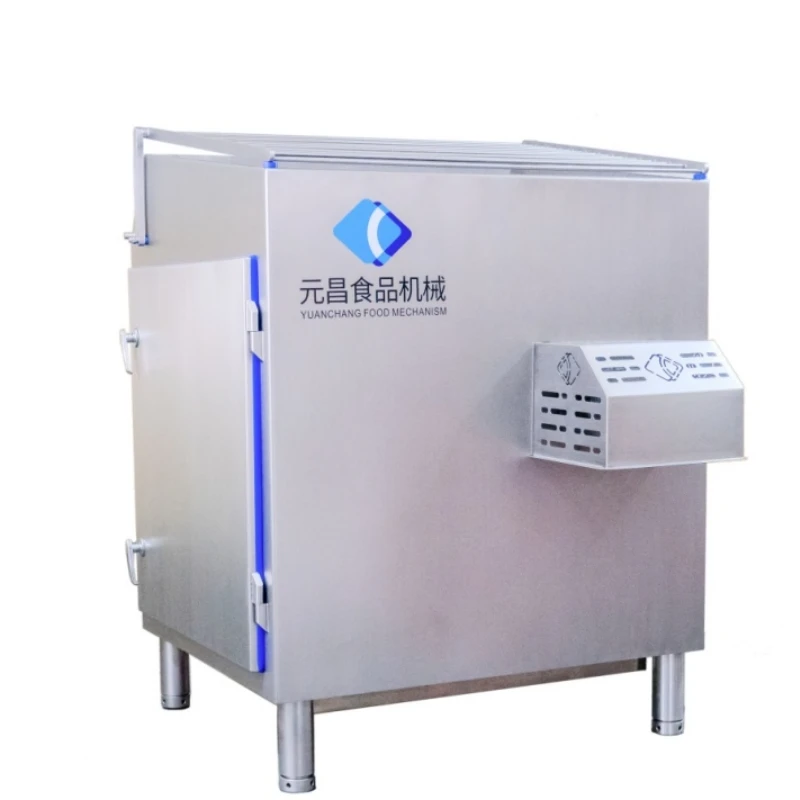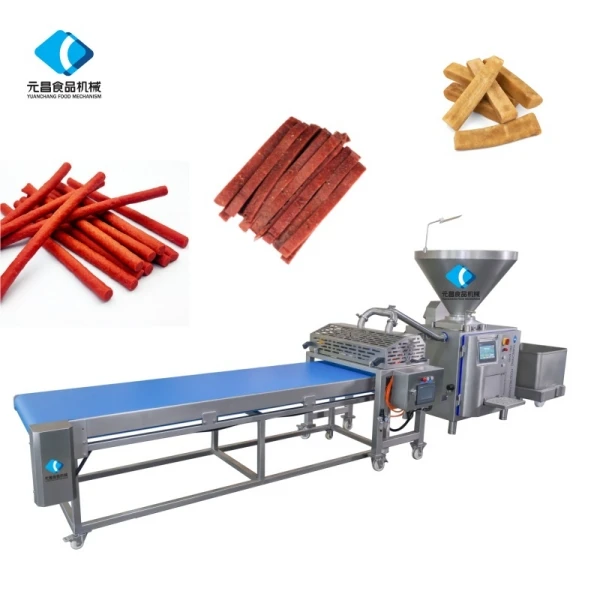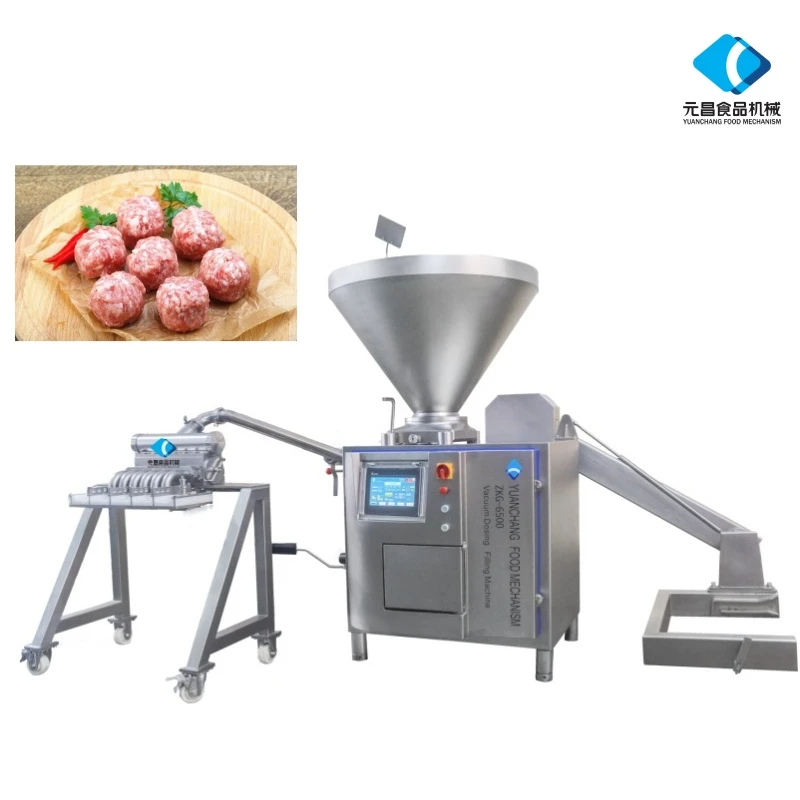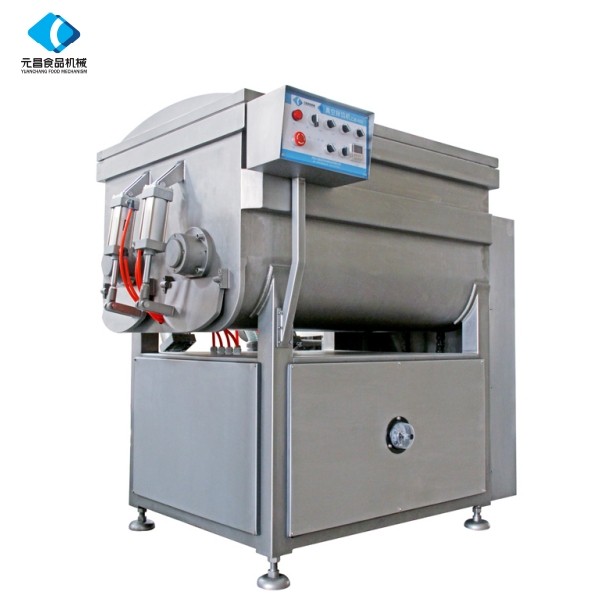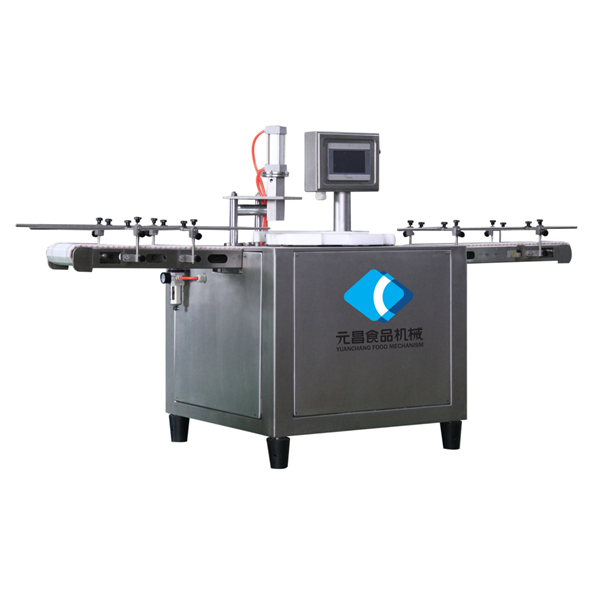- Afrikaans
- Albanian
- Amharic
- Arabic
- Armenian
- Azerbaijani
- Basque
- Belarusian
- Bengali
- Bosnian
- Bulgarian
- Catalan
- Cebuano
- chinese_simplified
- chinese_traditional
- Corsican
- Croatian
- Czech
- Danish
- Dutch
- English
- Esperanto
- Estonian
- Finnish
- French
- Frisian
- Galician
- Georgian
- German
- Greek
- Gujarati
- haitian_creole
- hausa
- hawaiian
- Hebrew
- Hindi
- Miao
- Hungarian
- Icelandic
- igbo
- Indonesian
- irish
- Italian
- Japanese
- Javanese
- Kannada
- kazakh
- Khmer
- Rwandese
- Korean
- Kurdish
- Kyrgyz
- Lao
- Latin
- Latvian
- Lithuanian
- Luxembourgish
- Macedonian
- Malgashi
- Malay
- Malayalam
- Maltese
- Maori
- Marathi
- Mongolian
- Myanmar
- Nepali
- Norwegian
- Norwegian
- Occitan
- Pashto
- Persian
- Polish
- Portuguese
- Punjabi
- Romanian
- Russian
- Samoan
- scottish-gaelic
- Serbian
- Sesotho
- Shona
- Sindhi
- Sinhala
- Slovak
- Slovenian
- Somali
- Spanish
- Sundanese
- Swahili
- Swedish
- Tagalog
- Tajik
- Tamil
- Tatar
- Telugu
- Thai
- Turkish
- Turkmen
- Ukrainian
- Urdu
- Uighur
- Uzbek
- Vietnamese
- Welsh
- Bantu
- Yiddish
- Yoruba
- Zulu
Industrial Food Processing Machine & Meat Grinder
In the highly competitive food production landscape, efficiency, hygiene, and consistency are paramount. The cornerstone of any successful operation is its equipment. This guide provides an in-depth analysis of the modern food processing machine, exploring industry trends, critical technical parameters, and showcasing how advanced solutions like the Additives Preparatory Maker RH-01 are revolutionizing production for discerning meat equipment suppliers and food manufacturers worldwide.
Navigating the Evolving Landscape of Food Processing Technology
The global food processing equipment market is on a significant upward trajectory, projected to reach USD 75.3 billion by 2027, growing at a CAGR of 4.2%. This growth isn't just about quantity; it's driven by qualitative shifts in technology and consumer demand. Key trends shaping the industry include:
- Automation and IoT Integration: Smart factories are no longer a futuristic concept. Modern machines integrate PLC (Programmable Logic Controller) systems, HMI (Human-Machine Interface) touchscreens, and IoT connectivity. This allows for real-time monitoring, predictive maintenance, and precise recipe management, drastically reducing human error and operational downtime.
- Enhanced Hygienic Design: With food safety regulations becoming stricter (e.g., FSMA in the US), equipment design now prioritizes ease of cleaning. This includes using food-grade stainless steel (SUS304/SUS316L), minimizing crevices where bacteria can grow, and designing for Clean-in-Place (CIP) and Sterilize-in-Place (SIP) systems.
- Energy Efficiency: Rising energy costs and a focus on sustainability have made energy efficiency a key purchasing criterion. The use of high-efficiency motors, Variable Frequency Drives (VFDs) to control speed and power consumption, and optimized mechanical designs are crucial features of a modern industrial food grinder machine.
- Versatility and Flexibility: Manufacturers are increasingly looking for equipment that can handle multiple product lines or recipes with minimal changeover time. A versatile food processing machine that can grind, mix, emulsify, and blend offers a significantly higher return on investment.
Technical Deep Dive: What Defines a Superior Food Grinder Machine?
When evaluating an electric food grinder machine or a larger industrial unit, it's essential to look beyond the surface. The true value lies in the technical specifications and the quality of engineering. Here, we dissect the critical parameters that separate a standard machine from a high-performance one.
| Machine Type | Primary Function | Typical Capacity (kg/hr) | Key Feature | Ideal Application |
|---|---|---|---|---|
| Meat Grinder (Mincer) | Coarse to fine grinding of meat | 200 - 5,000 | Auger and plate/knife system | Sausages, burgers, ground meat production |
| Bowl Cutter (Chopper) | Fine chopping and emulsifying | 50 - 1,000 | High-speed rotating knives in a bowl | Frankfurters, bologna, pâté |
| Colloid Mill | Ultra-fine grinding and homogenization | 100 - 10,000 | High-speed rotor-stator principle | Sauces, dressings, nut butters, emulsions |
| Additives Preparatory Maker (RH-01) | Mixing, Grinding, Emulsifying | 100 - 800 (batch-dependent) | Integrated vacuum, heating/cooling, VFD | Complex additive blends, marinades, high-value emulsions |
Introducing the Additives Preparatory Maker RH-01: A Paradigm Shift
The Additives Preparatory Maker RH-01 is not just another food processing machine; it's an integrated solution designed to address the most complex challenges in additive preparation and small-batch processing. It combines the functions of a grinder, mixer, and emulsifier into one hygienic, automated unit.
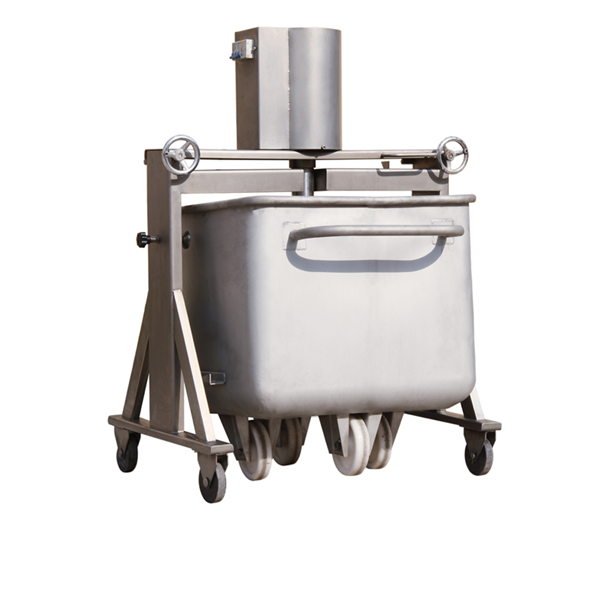
The RH-01: Engineered for precision, hygiene, and efficiency in food additive preparation.
Key Technological Advantages of the RH-01:
- Precision Control System: Equipped with a Siemens PLC and a user-friendly touchscreen HMI, the RH-01 allows for the storage of up to 99 unique recipes. Operators can precisely control mixing speed, processing time, temperature, and vacuum levels, ensuring absolute batch-to-batch consistency—a critical factor cited in a 2022 study by the *Journal of Food Engineering* on process optimization.
- Vacuum Technology: The integrated vacuum system deaerates the product during processing. This prevents oxidation, extends shelf life, improves color retention, and creates a denser, more stable emulsion without air pockets.
- Advanced Emulsification Head: The core of the machine features a high-shear emulsification head, engineered to create stable, fine-particle emulsions. This is crucial for products like marinades, sauces, and fine sausage batters, where texture and stability are non-negotiable.
- Hygienic and Durable Construction: The entire machine, including all contact parts, is constructed from SUS304 or optional SUS316L stainless steel, meeting FDA and CE standards. The polished surfaces (Ra < 0.4μm) and crevice-free design ensure rapid, effective cleaning and prevent microbial contamination.
The Manufacturing Journey of a World-Class Food Processing Machine
The reliability and longevity of an industrial food grinder machine are determined by its manufacturing process. We believe in transparency and quality at every stage. Here’s a detailed look at how a machine like the RH-01 is brought to life, a process that ensures it meets rigorous ISO 9001 quality management standards.
3D CAD Modeling & FEA Stress Analysis
High-Grade Stainless Steel Frame & Housing
Precision Machining of Rotor, Stator & Shafts
TIG Welding & Polishing for Hygienic Seams
Integration of Motor, PLC & Sensors
ISO/ANSI Standard Performance & Safety Checks
Each step is critical. Casting and Forging provide the raw strength and structural integrity. CNC (Computer Numerical Control) Machining ensures tolerances are met to the micron, which is vital for high-speed rotating components to prevent vibration and wear. All welds are ground and polished to a seamless finish, eliminating potential harborage points for bacteria. Finally, every machine undergoes a battery of tests, including load testing, vibration analysis, and a full functional check of its control system, guaranteeing an operational lifespan of over 15 years under recommended usage. This robust construction makes it suitable not only for food but also for demanding applications in biotechnical and fine chemical industries.
Data-Driven Comparison: RH-01 vs. Standard Equipment
To truly understand the value proposition, a direct comparison is necessary. As experienced meat equipment suppliers know, the initial purchase price is only part of the equation. Total Cost of Ownership (TCO) and performance metrics reveal the true leader.
| Feature / Parameter | Standard Electric Food Grinder | Additives Preparatory Maker RH-01 |
|---|---|---|
| Control System | Manual buttons / Basic Relay Logic | Siemens PLC + HMI Touchscreen |
| Recipe Management | None (Operator dependent) | Stores 99+ recipes for 100% consistency |
| Vacuum Function | Not available | Included (Improves shelf-life & quality) |
| Speed Control | Single or two-speed | Variable Frequency Drive (0-3000 RPM) |
| Hygienic Design | Standard Polish, potential crevices | Mirror Polish (Ra<0.4μm), CIP compatible |
| Energy Efficiency | Standard Motor (IE2) | High-Efficiency Motor (IE3/IE4) + VFD |
| Estimated Changeover Time | 25-40 minutes | ~10 minutes (via recipe selection & easy cleaning) |
| Data Logging | None | Logs temperature, time, speed for HACCP |
Visualizing Performance: RH-01 Technical Metrics
Data visualization provides a clear, at-a-glance understanding of the RH-01's superior capabilities. The following charts, based on internal testing and client data, illustrate its performance advantages.
RH-01 vs. Standard Model: Efficiency Gain
Typical Application Breakdown
Energy Savings via VFD
Customization and Application Versatility
We recognize that no two food production facilities are identical. A one-size-fits-all approach is inefficient. That's why every food processing machine we deliver can be tailored to specific client requirements.
Customization Options Include:
- Material Grade: Standard SUS304 for general applications or SUS316L for products with high salinity or acidity, ensuring superior corrosion resistance.
- Capacity & Size: Models ranging from 50L for lab/R&D use to 1000L for large-scale industrial production.
- Heating/Cooling Jacket: A double-layered jacket can be added for precise temperature control, essential for temperature-sensitive emulsions or for cooking/cooling within the same vessel.
- Automation Level: From semi-automatic controls to fully automated systems with automatic ingredient feeding and discharge, integrated with your plant's central control system.
- Voltage and Frequency: Configured to match any country's electrical standards (e.g., 220V/60Hz, 380V/50Hz, 480V/60Hz).
Application Case Study: Enhancing Sausage Production for "Artisan Meats Inc."
Client: Artisan Meats Inc., a mid-sized producer of premium sausages and charcuterie.
Challenge: The client was experiencing inconsistencies in their spice and cure slurry preparations. Manual mixing led to variations in flavor and color, and air incorporation was reducing the shelf life of their packaged products. Their existing electric food grinder machine was not suitable for creating the fine, stable emulsion they needed for their additives.
Solution: We implemented a 200L Additives Preparatory Maker RH-01, customized with a cooling jacket to keep the temperature-sensitive spice blend below 4°C during processing. We programmed 5 of their core recipes into the PLC system.
Results & Client Feedback:
- 40% Reduction in Preparation Time: The integrated process of grinding, mixing, and emulsifying in one machine slashed the total time required for additive preparation.
- Complete Batch Consistency: "The RH-01 was a game-changer. Every single batch of our spice slurry is now identical. Our quality control rejections have dropped to virtually zero." - Head of Production, Artisan Meats Inc.
- Increased Shelf Life by 5 Days: The vacuum deaeration process effectively removed trapped oxygen, leading to a measurable improvement in product stability and a longer "best by" date, opening up new, more distant markets for them.
- Improved Product Texture: The final sausage product had a superior bind and a more appealing, consistent color, which was noted in positive customer feedback.
This real-world experience demonstrates the tangible ROI that a sophisticated food processing machine can deliver, cementing our reputation among top-tier meat equipment suppliers.
Frequently Asked Questions (FAQ)
SUS304 is the industry-standard food-grade stainless steel, excellent for most applications due to its good corrosion resistance and durability. SUS316L is a premium, marine-grade stainless steel that contains molybdenum. This addition provides significantly enhanced resistance to corrosion from chlorides (salt) and acids. We recommend SUS316L for clients processing products with high salt content like brines and cures, or acidic products like tomato-based sauces and certain marinades. The "L" signifies low carbon content, which makes it more resistant to corrosion after welding.
Absolutely. Our machines are designed for global deployment. The standard configuration depends on the model size, but power typically ranges from 5.5 kW to 75 kW. We custom-build the electrical cabinet and specify the motor to match your local power grid. Common configurations include 380V/50Hz (Europe/Asia), 415V/50Hz (Australia), 220V/60Hz (parts of Americas/Asia), and 480V/60Hz (North America). Please provide your specifications during the consultation phase for a precise configuration.
The PLC (Programmable Logic Controller) is the "brain" of the food processing machine. It provides three core benefits:
1. Repeatability: It executes pre-programmed recipes with exact parameters (time, speed, temperature) every time, eliminating human error and ensuring product consistency.
2. Automation: It can control the entire process from start to finish, reducing labor requirements and allowing operators to manage multiple machines.
3. Data Logging: The PLC can record critical process data for every batch. This is invaluable for quality assurance, troubleshooting, and providing documentation for food safety audits like HACCP.
The RH-01 is designed for easy CIP. A typical procedure involves:
1. Pre-rinse: Circulating water to remove gross soil.
2. Caustic Wash: Circulating a heated alkaline detergent solution to break down fats and proteins. The machine's internal emulsifier head can be run at a low speed to create turbulence for effective cleaning.
3. Intermediate Rinse: Rinsing with clean water to remove the detergent.
4. Acid Wash (if needed): Circulating an acid solution to remove mineral deposits.
5. Final Rinse: A final flush with potable water.
6. Sanitization: Circulating a sanitizing agent before the next production run.
The entire process can often be automated through the PLC.
We provide a comprehensive 18-month warranty from the date of shipment or 12 months from the date of installation, whichever comes first. This warranty covers defects in materials and workmanship. It includes free replacement of non-wear parts and remote technical support. Key components like the Siemens PLC and motor are covered by their respective manufacturer warranties, which we facilitate. We also offer extended warranty packages and preventative maintenance service plans to ensure your industrial food grinder machine operates at peak performance for its entire lifespan.
Yes, the RH-01 is specifically engineered to handle a wide range of viscosities. The powerful motor combined with the Variable Frequency Drive (VFD) allows the operator to adjust the torque and speed. For extremely viscous products like thick pastes or pet food mixtures, we can equip the machine with a helical scraper on the mixing arm. This scraper continuously sweeps the vessel walls, ensuring there are no dead zones, promoting uniform heat transfer (if using a jacket), and preventing product from sticking or burning.
Operator safety is a top priority. The RH-01 is equipped with multiple safety features compliant with CE standards:
- Lid Interlock Sensor: The machine will not start or will immediately stop if the main lid is opened during operation.
- Emergency Stop Buttons (E-Stops): Located in accessible positions to immediately halt all machine functions.
- Motor Overload Protection: The electrical system will shut down the motor to prevent damage from overheating or excessive load.
- Pressure and Vacuum Safety Valves: To prevent over-pressurization or excessive vacuum in the vessel.
- Guarding on all moving parts to prevent accidental contact.
Authoritative References & Further Reading
Our commitment to excellence is grounded in scientific principles and industry best practices. For those interested in deeper technical knowledge, we recommend the following resources:
- "Process design of food-processing equipment," in Food Process Engineering and Technology (Third Edition), 2019. This chapter discusses the critical role of hygienic design and material selection in modern equipment. Available on ScienceDirect.
- A discussion on IFSQN (International Food Safety & Quality Network) forums regarding vacuum mixing benefits in meat processing. Industry professionals often share practical experiences and insights. Explore IFSQN Forums.
-
Vacuum Bowl Cutter ZKZB-125-Hebei Yuanchang Food Mechanism & Technology Co., Ltd.|Vacuum Technology&304 Stainless Steel ConstructionNewsAug.06,2025
-
Vacuum Bowl Cutter ZKZB-125-Hebei Yuanchang Food Mechanism & Technology Co., Ltd.|Vacuum Chopping, Meat ProcessingNewsAug.06,2025
-
Vacuum Bowl Cutter ZKB-125 - Hebei Yuanchang|Vacuum Processing, 304 Stainless SteelNewsAug.05,2025
-
Vacuum Bowl Cutter ZKZB-125-Hebei Yuanchang|Vacuum Processing&Meat Pet FoodNewsAug.05,2025
-
Vacuum Bowl Cutter ZKZB-125-Hebei Yuanchang|Precision Food Processing&Hygiene EnhancementNewsAug.05,2025



